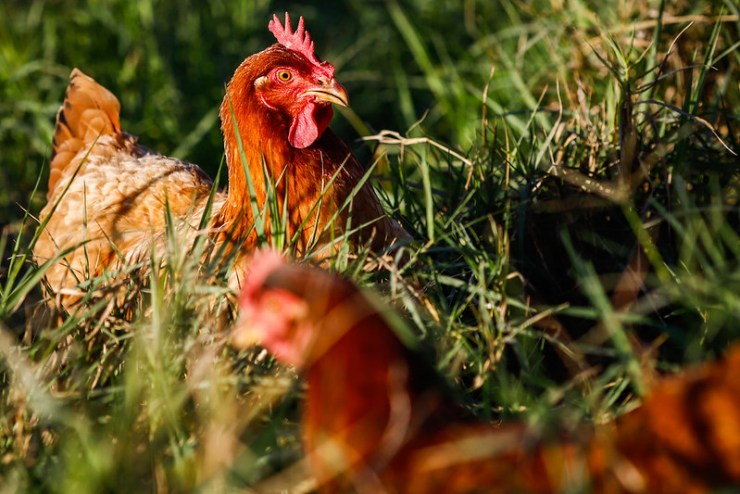With the dry season approaching, the Mato Grosso Breeders Association (Acrimat) is warning livestock farmers about the importance of strategic preparation to face the dry months that historically impact the productivity of farms throughout the state. The organization emphasizes that planning is key to minimizing losses, maximizing profits and ensuring animal welfare during this period.

Photo: Jose Adair Gomercindo
The first critical point during a drought is water supply. With the reduction in river and dam levels, ensuring access to drinking water becomes a challenge. Acrimat recommends that farmers carry out a prior assessment of the structure of animal drinking troughs, check water tanks, and if necessary, install alternative collection and storage systems.
“It is necessary to ensure not only the quantity, but also the quality of water. Dirty water or water with low availability compromises the health of the herd and directly affects performance,” emphasizes the association’s technical team.
The second point to be observed is feeding. “The pasture will lose nutritional quality due to the drought, so the cattle rancher needs to ensure the supply of preserved food. In addition, it is necessary to balance the diet with protein and mineral supplements to prevent the cattle from losing weight,” advises the president of Acrimat, Oswaldo Ribeiro Jr. The recommendation is that producers start now to build up strategic reserves of bulky feed, such as silage, hay and grass.
During the drought, pasture stocking rates need to be adjusted. According to Welton Cabral, a zootechnician with over 14 years of experience in animal nutrition, management and production and CEO of Gesta'up Company, practices such as pasture division, paddock rotation and reduction of stocking rates should be adopted to avoid soil degradation and forage depletion. "Relieve pastures. By replacing animals ready for slaughter with calves, the number of animals can be maintained, reducing the pressure on weight/hectare," highlights Welton Cabral.

Photo: Freepik
Another concern that should be considered is the risk of fire. Firebreaks around the farm and roads, staff training and machinery testing should be prioritized before the onset of the drought.
“The ideal situation is for livestock farmers to join forces with neighbors and surrounding properties to organize themselves and communicate in the event of fires. During times of drought, efforts need to be joined to combat something that can destroy all production,” the President emphasizes.
And no less important, livestock farmers should take advantage of the months before the drought to carry out maintenance on fences, troughs and management corridors, avoiding surprises and losses during the most difficult period of the year.
Acrimat emphasizes that drought is a predictable phenomenon, and that the success of livestock farming during this period depends on advance preparation. The association remains available to producers with technical support, courses and updated information to help with decision-making.
“Drought cannot be tackled in an improvised manner. Those who plan now will get through the dry period with fewer losses and more peace of mind,” the entity concludes.




